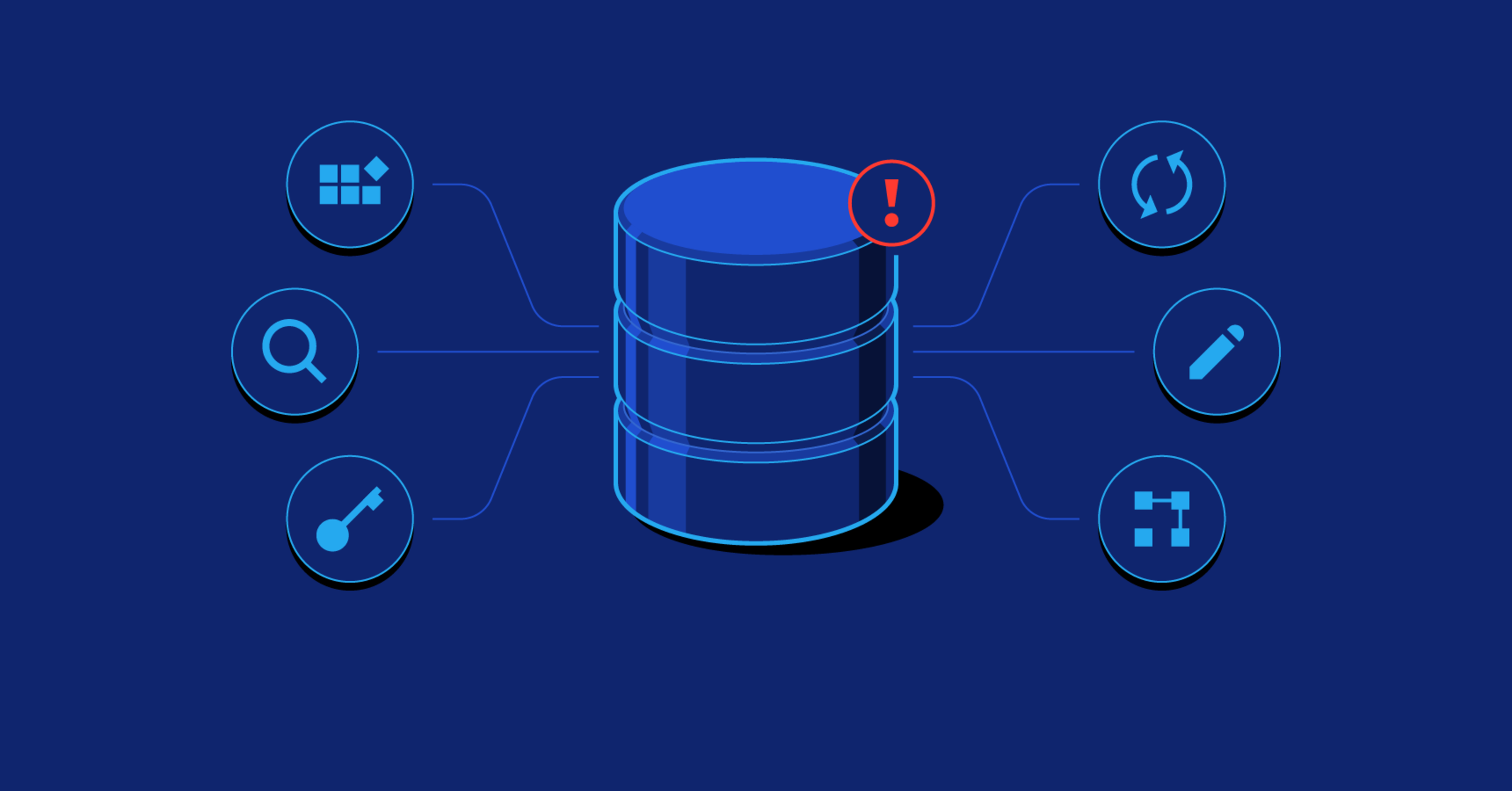Databases: SQL and NoSQL
 Anish Agrawal
Anish Agrawal
In the world of software development, databases are the backbone of data storage and management. Every application, from a simple website to complex enterprise software, requires efficient data handling mechanisms. Two major types of databases that developers use today are SQL (Structured Query Language) databases and NoSQL (Not Only SQL) databases. In this blog, we will dive deep into understanding these two database paradigms, their strengths, weaknesses, and use cases.
What is SQL?
SQL databases, also known as relational databases, are based on a structured schema. They organize data into tables, where each table consists of rows and columns. Each row represents an individual record, while columns represent attributes of the data.
Popular SQL databases include:
MySQL
PostgreSQL
SQLite
Oracle Database
Microsoft SQL Server
Key Features of SQL Databases:
Structured Data: SQL databases work best when you have structured data, meaning data that fits neatly into predefined tables.
ACID Compliance: SQL databases ensure Atomicity, Consistency, Isolation, and Durability in transactions, which makes them reliable for critical applications like banking and e-commerce.
Relationships: Data in SQL databases can be linked using foreign keys and joins, making them suitable for complex queries.
Schema-Based: SQL databases require you to define the schema (structure) of your data before you can store it. Any changes to the schema may require migrations or updates.
Advantages of SQL:
Consistency: SQL databases provide strong consistency in data, ensuring accurate and up-to-date data retrieval.
Complex Queries: SQL is a powerful query language that allows complex operations like joins, aggregations, and subqueries.
Data Integrity: SQL databases maintain data integrity through constraints, foreign keys, and rules.
Disadvantages of SQL:
Scalability Issues: Vertical scaling (increasing the power of a single server) is generally the only option, which can become costly and difficult.
Rigid Schema: Making changes to the schema can be challenging as the data structure is predefined.
What is NoSQL?
NoSQL databases, on the other hand, offer more flexibility in data storage. They are designed to handle unstructured or semi-structured data and do not rely on predefined schemas. Instead of tables, NoSQL databases use various data models, including key-value pairs, documents, graphs, and wide-column stores.
Popular NoSQL databases include:
MongoDB
Cassandra
Redis
Couchbase
Neo4j
Key Features of NoSQL Databases:
Flexibility: NoSQL databases allow you to store different types of data in the same collection without adhering to a strict schema.
Horizontal Scalability: NoSQL databases are designed for horizontal scaling, allowing you to add more servers to distribute the load.
High Performance: NoSQL databases are optimized for handling large volumes of data and high traffic, making them ideal for real-time applications.
Variety of Data Models: NoSQL databases support various models, such as document-based (MongoDB), key-value stores (Redis), wide-column stores (Cassandra), and graph databases (Neo4j).
Advantages of NoSQL:
Scalability: NoSQL databases scale out horizontally, making it easier to handle large amounts of data by adding more servers.
Flexible Schema: You can add new fields to the database at any time, without the need for predefined schema migrations.
Handling Big Data: NoSQL databases excel at storing and managing big data, unstructured data, and high-velocity data streams.
Disadvantages of NoSQL:
Consistency Trade-offs: Many NoSQL databases follow the CAP theorem, offering availability and partition tolerance over strong consistency.
Lack of Complex Queries: NoSQL databases may not support complex queries like joins, making them less suitable for relational data use cases.
Learning Curve: NoSQL databases often require developers to adapt to different querying models, which may be a challenge if you're used to SQL.
SQL vs NoSQL - A Comparison
| Feature | SQL (Relational) | NoSQL (Non-relational) |
| Data Structure | Structured, with predefined schema | Unstructured or semi-structured, schema-less |
| Scalability | Vertical (scale-up) | Horizontal (scale-out) |
| ACID Compliance | Yes (strong consistency) | Varies (often eventual consistency) |
| Use Cases | Complex queries, transactions | Big data, real-time applications, flexibility |
| Data Relationships | Well-suited for relational data | Not ideal for relational data |
| Query Language | SQL (Structured Query Language) | No standard language (varies) |
| Performance | Moderate to high for small to medium datasets | High performance for large datasets |
When to Use SQL Databases?
When data relationships are important: If your application requires complex joins and relationships between data, an SQL database is a better fit.
For transactional applications: Applications like banking, finance, and e-commerce that require atomic transactions and strong consistency should use SQL databases.
Data integrity is a priority: SQL databases enforce strict data integrity rules, making them ideal for scenarios where data must be accurate and reliable.
When to Use NoSQL Databases?
Handling large amounts of unstructured data: If your data doesn’t fit neatly into tables or rows (e.g., JSON, documents), NoSQL databases like MongoDB are well-suited.
High scalability: NoSQL databases like Cassandra and MongoDB allow you to distribute data across multiple servers, making them perfect for applications requiring horizontal scaling.
Real-time applications: If your application needs to handle real-time data streams (e.g., social media platforms), NoSQL databases offer the performance required.
Conclusion
Choosing between SQL and NoSQL depends largely on the specific needs of your project. SQL databases excel in scenarios where data consistency, complex relationships, and transactional integrity are important. In contrast, NoSQL databases shine in applications requiring flexibility, scalability, and the ability to handle large volumes of unstructured data.
As a developer, it's crucial to understand the trade-offs between both types of databases to make the right choice for your application’s requirements. By selecting the appropriate database, you can optimize performance, scalability, and manageability while ensuring that your application meets the needs of your users.
Whether SQL or NoSQL, the choice you make will significantly impact the architecture and efficiency of your application.
Subscribe to my newsletter
Read articles from Anish Agrawal directly inside your inbox. Subscribe to the newsletter, and don't miss out.
Written by
